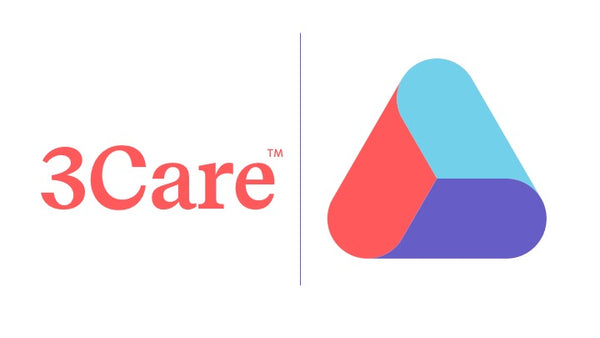
3Care; experienced nutritional supplement manufacturers that you can trust with your health
3Care formulates, sources ingredients, manufactures, packages, and tests all our nutritional formulas. 3Care knows every detail about our products, because we make them ourselves in our facilities.
3Care’s core team of experts have been leaders in the nutrition field for over 30 years. We have collectively developed and produced over five hundred premium, science-based formulas. No detail escapes us. We are meticulous, from the foundational science to the most effective manufacturing process. Extensive experience in natural health products drives us to constantly
strive for perfection.
3Care’s guiding principle is to make the safest, most efficacious health formulas available.
Staying true to our roots
Over one thousand years ago, Nordic cod liver oil was traded all over the Baltic and Northern Europe. The primary benefit was promoting wound healing. It is not a
stretch to say that cod liver oil is one of the oldest continuously traded medicines in Europe.

At the end of the 19th century, the vitamin D content of cod liver oil was identified, which explained why this natural therapeutic was effective at preventing Rickets. In the early 1970s, a Danish cardiologist named Jorn Dyerberg discovered that the Omega-3 fatty acids found in seafood has a very beneficial effect on cardiovascular health.

The founders of 3Care were major players in the development and innovation of Omega-3 supplementation in Europe and North America. Dr. Dyerberg was our Chief Medical Officer.
Bringing the world premium quality Omega-3 ingredients was the starting point for 3Care.
A primary lesson learned in those days is that there can be no shortcuts when it comes to applying science and technology to improve human health.
Following the science into the future
3Care started as a passion project. We wanted to offer consumers and health care practitioners the purest and most ably crafted Norwegian omega-3 ingredients at a fair and accessible price. We have taken this same ethos and expanded into other important facets of nutrition that we know will improve our customers’ health. Our non-Omega-3 formulas work with Omega-3 fatty acids to build and maintain robust health and resilience to the modern challenges our health must overcome to live happy and effective lives.
At 3Care our roots and experience are deep and our commitment to our customers’ health is unsurpassed.
